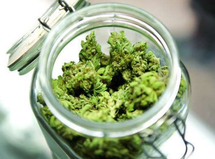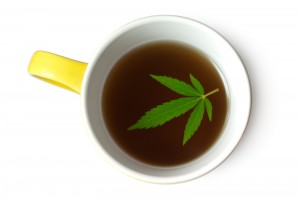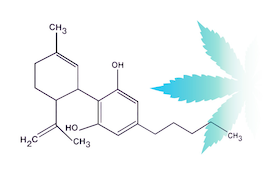|
Over 48 million or about 18% of people in the United States use Cannabis at least once per year. There is a growing trend to use Cannabis for both medicinal and recreational purposes. People are turning to Cannabis for harm reduction. Sobriety from alcohol, a substance that contributes to 10X the rate of Emergency Department visits, is gaining popularity due to the availability of Cannabis. Cannabis use is also responsible for decreased use of opioids and other pharmaceuticals. However, not all is positive with Cannabis use.
A recent study out of the University of California, San Diego School of Medicine notes an increase in Emergency Department (ED) visits among older adults between 2005-2019. The FDA has ignored regulating Cannabis products due to the Controlled Substances Act and the Department of Justice, which incorrectly deems Cannabis a Schedule I substance with high potential for abuse and no medicinal value. Alcohol is not on the Controlled Substances list. The study indicates that ED visits increased from 2 x 10-6 to 4 x 10-5, a minuscule amount. The trend is not yet alarming, yet it indicates that Cannabis is not benign and thus should be used with education, care, and guidance. The scenario usually starts when an adult child or grandchild introduces grandma or grandpa to the benefits of Cannabis. Cannabis anecdotally improves pain, mood, sleep, and appetite; most of these symptoms are associated with disorders in the elderly. The grandparent is likely aware of Cannabis and may have already used it during its anti-prohibition resurgence in the 1960s and 1970s. However, Cannabis today has grown more sophisticated with improved growing methods, new cultivar types, and new products. THC, the psychoactive compound in Cannabis, broadens the perceptual box, which can improve depression or anxiety. CBD, a relatively unknown in the 1960s, is another active constituent of the Cannabis plant which does not induce psychoactive effects. CBD has gained popularity all over the world as it can be produced from the Type III Cannabis plant that generally produces less than 0.3% of THC. In 2018, the US Farm Bill legalized Type III plants for cultivation in the U.S. THC and CBD are both FDA-approved as isolated or combined ingredients in pharmaceutical drugs. However, the Cannabis industry competes by offering products with a complex mix of hundreds of potentially active ingredients that appear to be more effective than the isolated compounds. Rather than ask their doctor for a prescription for THC or CBD, Grandma or Grandpa goes to the Cannabis dispensary. The dispensary offers a wide variety of products, including tablets, gummies, oral liquid tinctures, topical salves and even patches. The accessibility and potential benefit of acquiring a Cannabis product from a dispensary far outweighs the hassle and stigma of approaching a physician for a prescription. Most physicians are in the dark about Cannabis active constituents and their effect on the individual and the Endocannabinoid System (ECS). (That's right, there is now a defined system that can be studied due to the scientific discovery of THC and CBD.) Medical schools fail to teach their students about the ECS. As a result, interested physicians must strike out on their own to learn about Cannabis and the ECS. Despite the lack of interest, many physicians are beginning to teach themselves how to consult and recommend Cannabis to their patients. In the past two years, Florida has doubled the number of patients that use Cannabis as medicine. Concomitantly, the number of physicians approved to consult and recommend Cannabis has increased 10-fold. Unlike pharmaceuticals, physicians must take a different approach to Cannabis. The best process is currently a journey of trial and error engaged by both patient and physician. Products will vary in content, effectiveness and tolerability. The current mantra regarding Cannabis product dosage is to "start low and go slow." A strong non-judgmental relationship between patient and physician leads to the best use scenarios. Like all things in life, Cannabis use can be good or bad. Taking the responsible path to Cannabis can lead to less prescriptions, improved symptoms, and a higher quality of life for the elderly population. For professional Medical Cannabis guidance in California, contact MediCann, 1800-632-6627 or [email protected]. |
AuthorJean Talleyrand, M.D., Archives
September 2023
Categories |
Mailing Address: MediCann 1336 Willard Street, C • San Francisco, CA 94117
Important Disclaimer!
The information contained in this site does not intend to replace any medical advice or care by a trained physician.
Any use of this information is solely the the responsibility of the user.
Important Disclaimer!
The information contained in this site does not intend to replace any medical advice or care by a trained physician.
Any use of this information is solely the the responsibility of the user.
© COPYRIGHT 2015. ALL RIGHTS RESERVED.


 RSS Feed
RSS Feed


